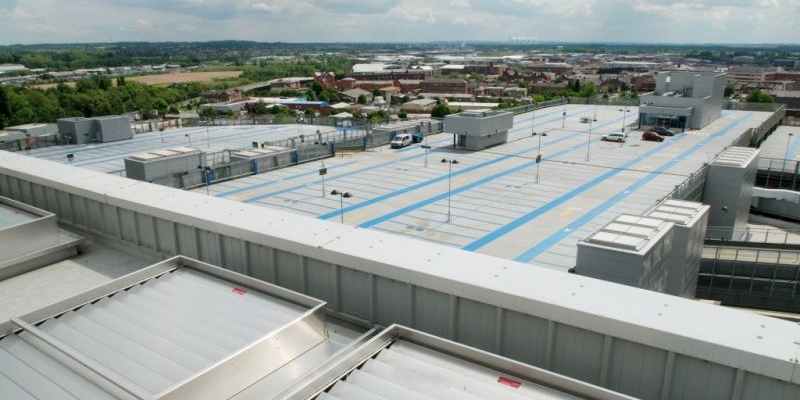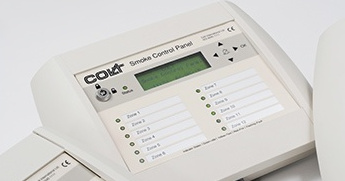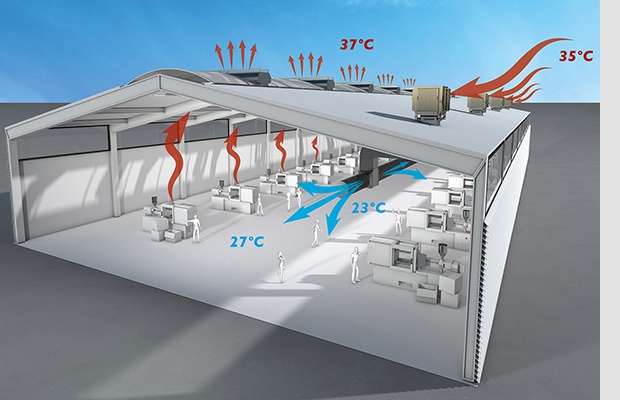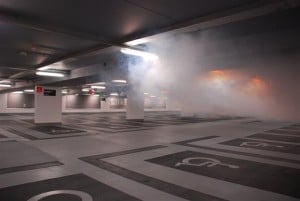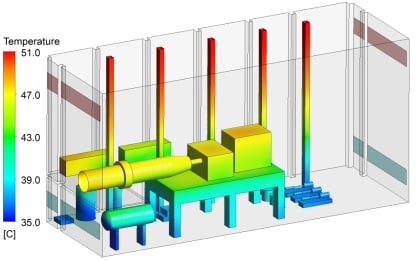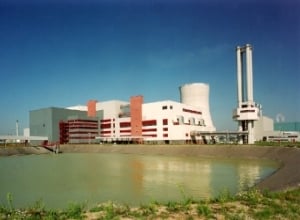In retail premises such as shopping centres, the Building Regulations have a strong emphasis on the provision of life safety systems such as smoke control.
A well-designed smoke control system should be able to maintain smoke free escape conditions at low level to allow the building to be evacuated with minimum risk of smoke inhalation, injury or death.
Read More
Topics:
Smoke Control,
Smoke ventilation,
HVAC,
Controls
While smoke control is vital in any type of public building where people gather, it is perhaps even more so in schools and other buildings the more vulnerable members of society assemble. In this blog, we will cover the regulations around smoke control requirements in educational buildings and share some design considerations that are vital when configuring fire safety systems for buildings with children as the main users.
Read More
Topics:
Smoke Control,
Smoke ventilation,
HVAC,
Controls
Smoke ventilation systems today require sophisticated control systems with highly complex sequences of operation. HVAC control systems could be seen as a viable solution, as they can be extremely flexible and offer a high degree of programmability. However, while they may be adequate for simple applications, there are a number of issues that mean they do not deliver on all the functionalities needed for more complex schemes.
Here are 7 reasons why:
Read More
Topics:
Smoke Control,
Smoke ventilation,
HVAC,
Controls
Evaporative cooling or ‘adiabatic cooling’ is a mouthful, we know. That’s why a lot of building owners and operators still don’t know about the effectiveness of these systems and the cost and environmental benefits they can deliver.
Many people don’t realise that if you manage a large industrial or semi-industrial facility where pinpoint control of temperature isn’t crucial, evaporative cooling can actually be a more effective choice than traditional air conditioning. Plus, have a look at the pros and cons associated with the different system types below – not only is evaporative cooling cheaper and more efficient, it introduces fresh air from outside avoiding poor health issues often associated with traditional systems.
Read on to find out what evaporative cooling is and why it could be better for your business than a traditional air conditioning system.
Read More
Topics:
Factory Survey,
HVAC,
Energy saving,
Climate Control,
Overheating,
Evaporative cooling
Smoke ventilation systems today require sophisticated control systems with highly complex sequences of operation. HVAC control systems could be seen as a viable solution, as they can be extremely flexible and offer a high degree of programmability. However, while they may be adequate for simple applications, there are a number of issues that mean they do not deliver on all the functionalities needed for more complex schemes.
Here are 5 reasons why:
Read More
Topics:
Smoke Control,
Smoke ventilation,
HVAC,
Controls
As a designer working on a car park project, there are important considerations you will need to make about ventilation to ensure good air quality. Approved Document F (ADF) stipulates that sufficient ventilation must be provided to enclosed car parks to avoid an excessive build up of carbon monoxide (CO).
Read More
Topics:
Regulations,
HVAC,
Car Park Ventilation
When choosing a cooling solution for a factory, it is important not to focus only on the initial investment, but to consider all the elements that make up the total cost of ownership (TCO) of the system.
Read More
Topics:
Productivity,
HVAC,
Energy saving,
Evaporative cooling
Overheating in common corridors in residential buildings has become an increasingly vexing problem, which can be addressed by using a two-shaft smoke control system for day-to-day ventilation. One of the major issues is how many floors we can ventilate concurrently while still achieving a reasonable air flow balance between floors.
Read More
Topics:
Webinar,
Smoke ventilation,
HVAC,
Overheating,
Corridor ventilation,
CPD
If you are considering a cooling system for your factory, don’t make the mistake of focusing solely on the initial investment: consider the total cost of ownership of the system and what the critical elements which influence this are.
Read More
Topics:
Productivity,
HVAC,
Energy saving,
Evaporative cooling
In the vast majority of cases, natural ventilation is the most effective and economic solution for factories housing production processes generating high levels of heat:
• Natural ventilation is best suited to buildings where a large amount of internal heat is generated, since this leads to a high temperature gradient.
• If the building is tall, then this provides even more ideal conditions for natural ventilation to work at its most efficient, since this creates a good stack effect that makes moving air between different levels within the building easier.
Read More
Topics:
Factory Survey,
Natural ventilation,
CFD,
HVAC
The purpose of smoke shaft systems is to ventilate lobbies and corridors in the case of fire allowing an easier escape or more effective fire fighting due to reduced smoke levels. It is therefore necessary to provide a ventilator at each level of the building leading into the smoke shaft and to be positive that in an emergency each part of the solution will work as intended.
Read More
Topics:
Smoke Control,
Regulations,
HVAC,
Smoke shafts
Controlling the pressure drop (Pd) across the openings when designing a natural or mechanical ventilation system for a power generation plant is central to ensuring it works effectively.
Read More
Topics:
HVAC,
Industrial ventilation,
Power Plants
Power generation plants are complex building installations. When designing a ventilation scheme for this type of facility, the necessary calculations can’t be done on the basis of drawings alone. You need the right expertise in climate control and the right tools – a Computational Fluid Dynamics (CFD) analysis carried out by an expert is the best answer.
A powerful tool for a complex problem
Read More
Topics:
Natural ventilation,
CFD,
HVAC,
Power Plants
In most cases, natural ventilation is the right answer for power generation plants. However, there are instances where mechanical ventilation may be the best choice.
Read More
Topics:
Natural ventilation,
HVAC,
Climate Control,
Industrial ventilation,
Power Plants

